报错“由于目标机器积极拒绝,无法连接”怎么解决?
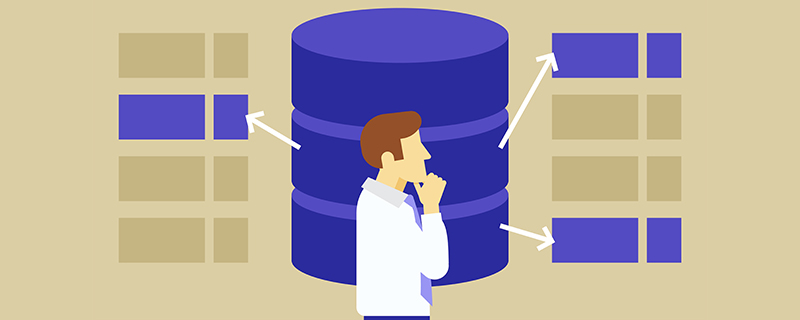
在我们有时连接sqlserver数据库时,通过本地端的数据库去连接别的机器的数据库,或者是服务器上的数据库,一般会出现“由于目标计算机积极拒绝,无法连接”的字样,那到底是什么原因呢?怎么解决?
1、如果出现这样的情况,首先我们要排查对方的机器ip或者服务器的ip是否拼得通,如果拼不通,那肯定连接不上了,那就要看看是防火墙有没有阻止ip的拼接。如果ping得通,那就与这个无关了。
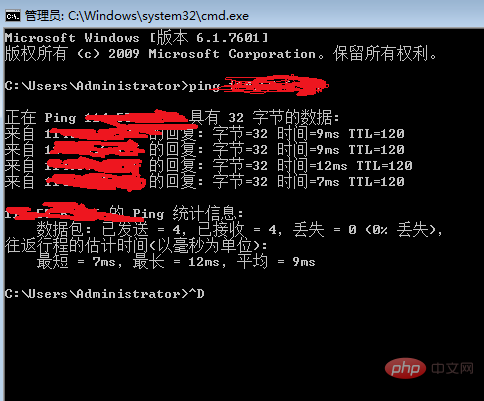
上面能拼得通,就说明能够连接得上对方的电脑了,接下来就在数据库上找原因了,出现这种情况,一般是对方的电脑或服务器的电脑禁止 别的电脑的连入。
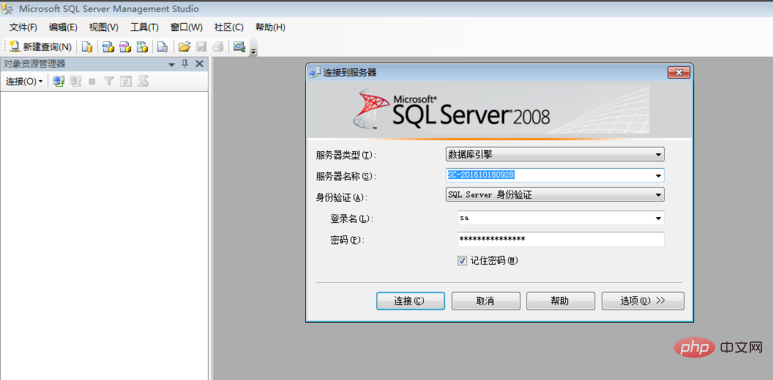
这个时候,我们不妨到对方机器上或服务器上去查找数据库是否禁止别的电脑连入。这个时候,我们应该如何操作呢?打开数据库配置管理,然后从中去查找原因。
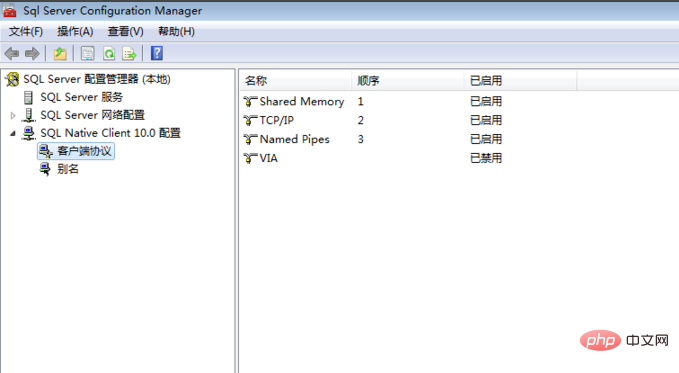
在左边的单机栏中找到MSSQLSERVER的协议,然后点击选取,然后在这个右边的空白处就会跳出协议名称和各自的状态,这个时候我们发现TCP/IP的状态是禁用的。
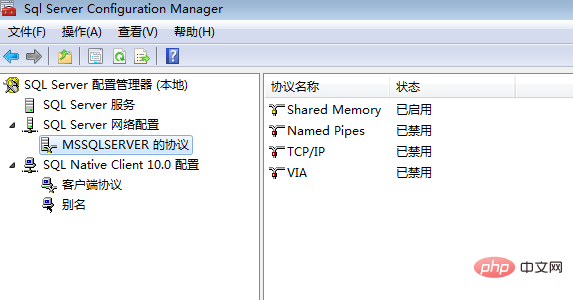
接下来我们要做的事情就是邮件TCP/IP这一栏,然后选择去启用它,让其状态由原来的禁用状态变为启用状态,这样的话,我们就完成了操作。
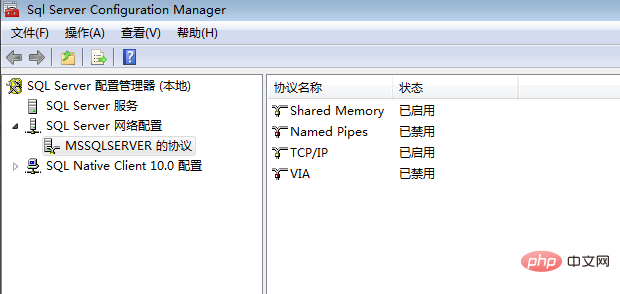
接下来我们连接的时候,发现还是出现一开始出现的错误,按道理说我们已经完成了设置了,这时候我们遗忘了做一件事情,就是重新启动数据库的服务,我们找到图中选中的服务,右键重新启动就可以了。

这样的话,我们就解决了上面链接服务器或其他人机器数据库时出现的错误。
更多相关知识,请访问 PHP中文网!!

Hot AI Tools

Undresser.AI Undress
AI-powered app for creating realistic nude photos

AI Clothes Remover
Online AI tool for removing clothes from photos.

Undress AI Tool
Undress images for free

Clothoff.io
AI clothes remover

Video Face Swap
Swap faces in any video effortlessly with our completely free AI face swap tool!

Hot Article

Hot Tools

Notepad++7.3.1
Easy-to-use and free code editor

SublimeText3 Chinese version
Chinese version, very easy to use

Zend Studio 13.0.1
Powerful PHP integrated development environment

Dreamweaver CS6
Visual web development tools

SublimeText3 Mac version
God-level code editing software (SublimeText3)

Hot Topics
 1666
1666
 14
14
 1426
1426
 52
52
 1328
1328
 25
25
 1273
1273
 29
29
 1254
1254
 24
24
 iOS 18 adds a new 'Recovered' album function to retrieve lost or damaged photos
Jul 18, 2024 am 05:48 AM
iOS 18 adds a new 'Recovered' album function to retrieve lost or damaged photos
Jul 18, 2024 am 05:48 AM
Apple's latest releases of iOS18, iPadOS18 and macOS Sequoia systems have added an important feature to the Photos application, designed to help users easily recover photos and videos lost or damaged due to various reasons. The new feature introduces an album called "Recovered" in the Tools section of the Photos app that will automatically appear when a user has pictures or videos on their device that are not part of their photo library. The emergence of the "Recovered" album provides a solution for photos and videos lost due to database corruption, the camera application not saving to the photo library correctly, or a third-party application managing the photo library. Users only need a few simple steps
 How to handle database connection errors in PHP
Jun 05, 2024 pm 02:16 PM
How to handle database connection errors in PHP
Jun 05, 2024 pm 02:16 PM
To handle database connection errors in PHP, you can use the following steps: Use mysqli_connect_errno() to obtain the error code. Use mysqli_connect_error() to get the error message. By capturing and logging these error messages, database connection issues can be easily identified and resolved, ensuring the smooth running of your application.
 Detailed tutorial on establishing a database connection using MySQLi in PHP
Jun 04, 2024 pm 01:42 PM
Detailed tutorial on establishing a database connection using MySQLi in PHP
Jun 04, 2024 pm 01:42 PM
How to use MySQLi to establish a database connection in PHP: Include MySQLi extension (require_once) Create connection function (functionconnect_to_db) Call connection function ($conn=connect_to_db()) Execute query ($result=$conn->query()) Close connection ( $conn->close())
 How to save JSON data to database in Golang?
Jun 06, 2024 am 11:24 AM
How to save JSON data to database in Golang?
Jun 06, 2024 am 11:24 AM
JSON data can be saved into a MySQL database by using the gjson library or the json.Unmarshal function. The gjson library provides convenience methods to parse JSON fields, and the json.Unmarshal function requires a target type pointer to unmarshal JSON data. Both methods require preparing SQL statements and performing insert operations to persist the data into the database.
 How to use database callback functions in Golang?
Jun 03, 2024 pm 02:20 PM
How to use database callback functions in Golang?
Jun 03, 2024 pm 02:20 PM
Using the database callback function in Golang can achieve: executing custom code after the specified database operation is completed. Add custom behavior through separate functions without writing additional code. Callback functions are available for insert, update, delete, and query operations. You must use the sql.Exec, sql.QueryRow, or sql.Query function to use the callback function.
 How to connect to remote database using Golang?
Jun 01, 2024 pm 08:31 PM
How to connect to remote database using Golang?
Jun 01, 2024 pm 08:31 PM
Through the Go standard library database/sql package, you can connect to remote databases such as MySQL, PostgreSQL or SQLite: create a connection string containing database connection information. Use the sql.Open() function to open a database connection. Perform database operations such as SQL queries and insert operations. Use defer to close the database connection to release resources.
 MySQL: Simple Concepts for Easy Learning
Apr 10, 2025 am 09:29 AM
MySQL: Simple Concepts for Easy Learning
Apr 10, 2025 am 09:29 AM
MySQL is an open source relational database management system. 1) Create database and tables: Use the CREATEDATABASE and CREATETABLE commands. 2) Basic operations: INSERT, UPDATE, DELETE and SELECT. 3) Advanced operations: JOIN, subquery and transaction processing. 4) Debugging skills: Check syntax, data type and permissions. 5) Optimization suggestions: Use indexes, avoid SELECT* and use transactions.
 PHP connections to different databases: MySQL, PostgreSQL, Oracle and more
Jun 01, 2024 pm 03:02 PM
PHP connections to different databases: MySQL, PostgreSQL, Oracle and more
Jun 01, 2024 pm 03:02 PM
PHP database connection guide: MySQL: Install the MySQLi extension and create a connection (servername, username, password, dbname). PostgreSQL: Install the PgSQL extension and create a connection (host, dbname, user, password). Oracle: Install the OracleOCI8 extension and create a connection (servername, username, password). Practical case: Obtain MySQL data, PostgreSQL query, OracleOCI8 update record.




